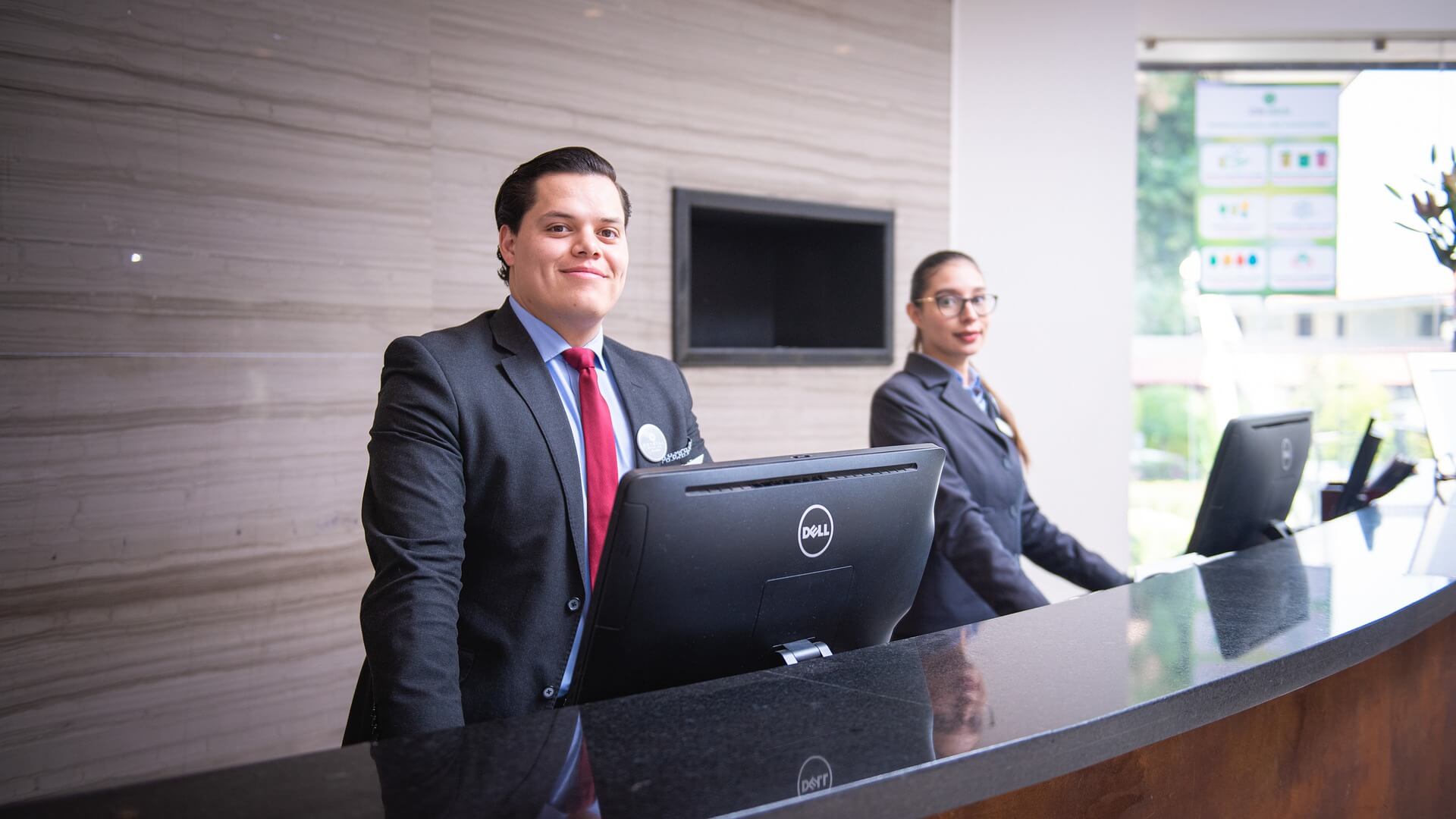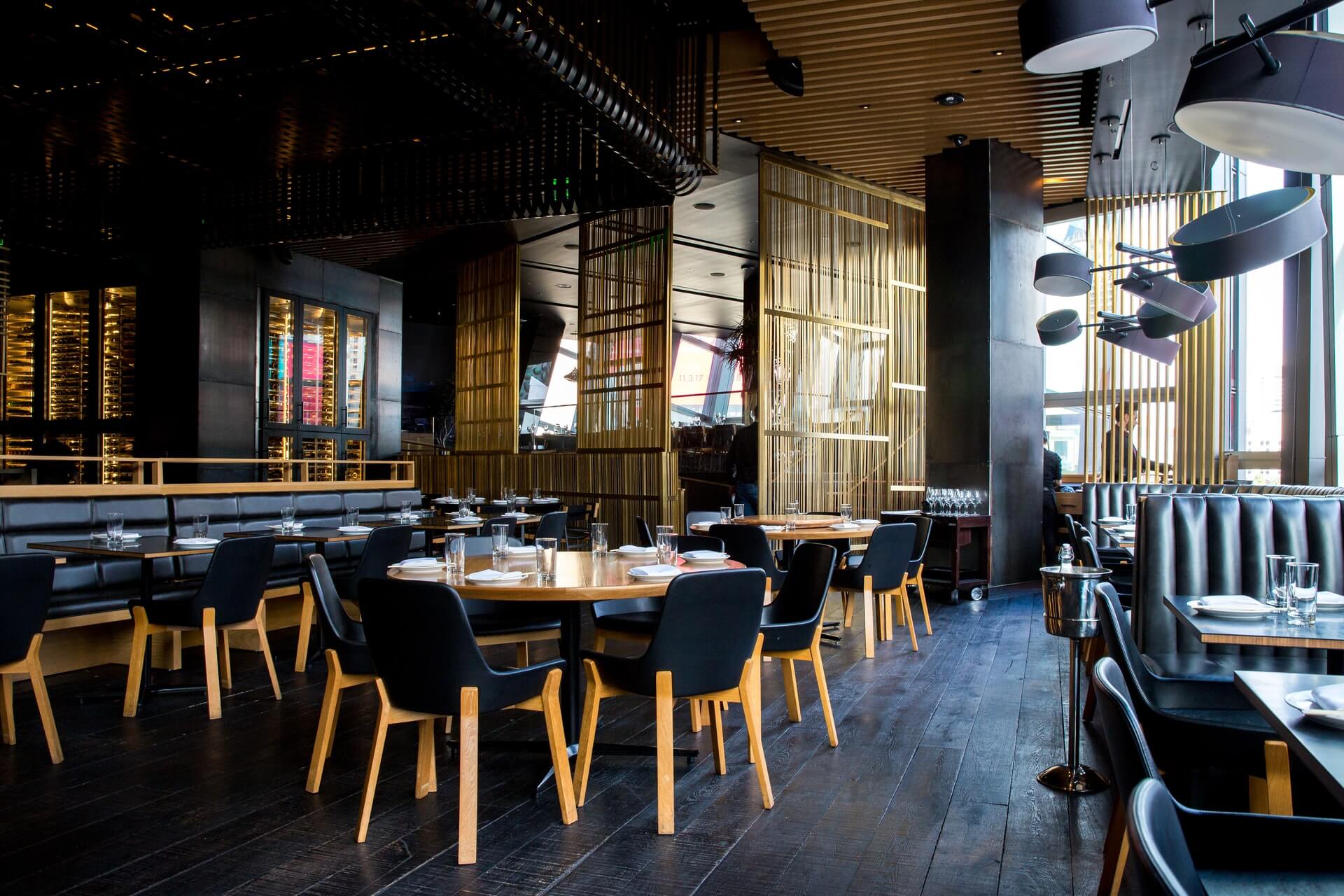Why Communication and Empowerment Matter
by David Klemt

To truly embody the spirit of hospitality, internal communication and empowering staff must be part of your operation’s culture.
A situation KRG Hospitality president Doug Radkey found himself in recently could have been resolved quickly and smoothly.
However, it’s clear the staff lacked communication from the top. Nor did they have the ability to solve problems as they arose.
Let’s dive in.
Guest Experience
First, I’m not going to reveal where this incident took place. In fact, I’m not even going to provide the location.
Second, the problem arose at the front desk of a hotel. A well-staffed front desk—there were four team members working.
The issue was fairly minor but impacted the guest experience.
So, Doug and Jennifer Radkey booked a hotel over the weekend. They made their decision in part because of an available package. Among the perks of the package was a $50 gift card for a nearby restaurant.
Stopping by the desk on the way up to their room, Doug asked for the gift card. The desk clerk he asked had no idea what he was talking about.
In fact, none of the four front desk clerks knew about the promotion. Doug pulled up the hotel’s website and promotion on his phone, and showed the clerks.
Doing so jogged one clerk’s memory. However, details were still mostly unknown. There was no manager on duty and the staff searched through drawers looking for the restaurant gift cards.
After about ten minutes of searching, Doug said he and Jennifer were headed up to their room to get ready for dinner. They’d be down in an hour for the card (hopefully).
A Resolution, Kind Of
True to their word, Doug and Jennifer returned to the front desk for the gift card.
Miraculously, the front desk clerks had found one. (However, Doug thinks one of the team members ran over to the restaurant, bought a card, and brought it back to the hotel.)
One more note: A housekeeping team member had overheard the incident at the front desk as it was unraveling. She chimed in to suggest the front desk just knock $50 off the hotel stay or give Doug and Jennifer $50 cash to take to dinner.
Instead, as I just explained, the front desk clerks got their hands on a gift card.
But let’s look at what wrong here:
- The guest encountered a service issue and waited more than ten minutes for any sort of resolution.
- That resolution didn’t come for more than an hour.
- It’s clear the staff received insufficient notice and details about the promotion.
- The staff was also most likely not empowered to provide quick resolutions to guest problems.
Doug’s incident could have been resolved quickly and smoothly through communication and staff empowerment.
Communication
Clearly, communication is key for any business to operate smoothly. That’s not limited in any way to hotels or hospitality—all businesses in all industries need to value communication.
In fact, clear communication is a foundational value. Communicating clearly needs to be part of every operator’s core values and ingrained in their brand’s culture.
If there’s a promotion, if there’s a special, if there’s anything “unique” happening at a hotel, restaurant, bar, entertainment venue, etc., the staff needs to know.
Operators should email the details to staff members. Managers should share the details of a promotion or special during shift meetings. Staff should know how to enter promotions into the POS.
It’s doubtful that Doug would’ve encountered this gift card issue if clear communication was an important element of the hotel’s culture.
The front desk clerks would’ve known about it, and likely would’ve handed over the gift card upon check-in. Barring that, they would’ve known where to find the cards quickly and easily so they could’ve handed one out upon request for those guests who booked a room via the promotion.
Empowerment
There’s a second element of this particular guest experience equation: empowerment.
Had the front desk staff been empowered to correct mistakes as quickly as they may arise, it’s possible Doug would never have noticed there was an issue.
As difficult as it may be, operators and managers need to trust their staff. If that’s not happening, there are deeper issues at play that must be addressed and corrected.
If this hotel staff—remember, four clerks deep—were accustomed to adapting and resolving problems on the fly, that would’ve been evident.
This article wouldn’t exist because Doug wouldn’t have had a memorable negative guest experience to share with me.
Up to a reasonable point, guest-facing staff need to be empowered to solve problems quickly. It’s up to individual operators to decide what’s reasonable.
Upset guests don’t like encountering issues, obviously. Do you know what they really don’t like? Having to repeat themselves or watch staff flounder to reach a satisfactory resolution.
An empowered staff can assess a situation, target the problem, and resolve it without involving anyone else. And they can do so quickly and smoothly.
A Better Resolution
How could this issue have been resolved faster, accounting for the poor communication regarding the promotion? A daily or weekly “marketing fund.”
Some operators set aside an amount of cash for bartenders or other front-of-house staff to use at their discretion to solve problems. When that marketing fund is accessed, it’s reported and management can review the who, how much, and why at the end of the night.
In this case, $50 could have been handed over and accounted for with a, “I’m so sorry, we seem to be out of gift cards at the moment, this offer has been so popular,” and Doug would’ve only had a slight inkling of an issue.
Again, there were four front desk clerks present when this happened. Three didn’t know about the promotion. One clerk had a foggy idea about the promotion.
This wasn’t a staffing issue, nor was it a pandemic issue. And 19 months in, as harsh as this may seem, the pandemic can’t be the fallback excuse for every issue that comes up.
The following day, a manager learned of the incident upon Doug and Jennifer checking out the next day. He apologized and knocked $50 off their stay.
That wouldn’t have been necessary had leadership communicated about the promotion clearly. It certainly wouldn’t have been a painful incident had the staff felt empowered to make impactful guest experience decisions.
Today, commit to reviewing your operation’s communication. In all honesty, is it clear? Can it be improved? Have there been issues lately that could’ve been avoided if clear communication was part of your brand’s culture?
Once you’ve reviewed communication, as yourself if your staff feels empowered to solve guest issues quickly and reasonably. If not, that must change as soon as possible.
Image: Rodrigo Salomón Cañas from Pixabay








